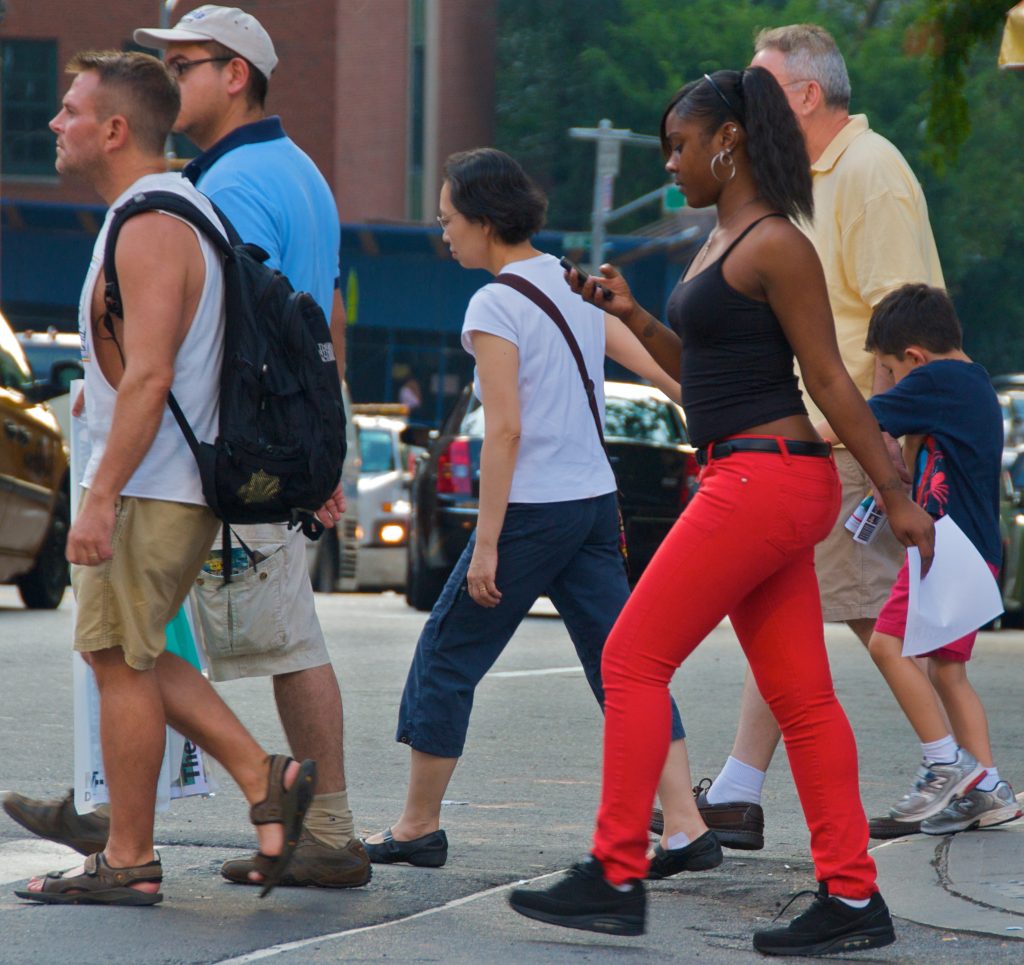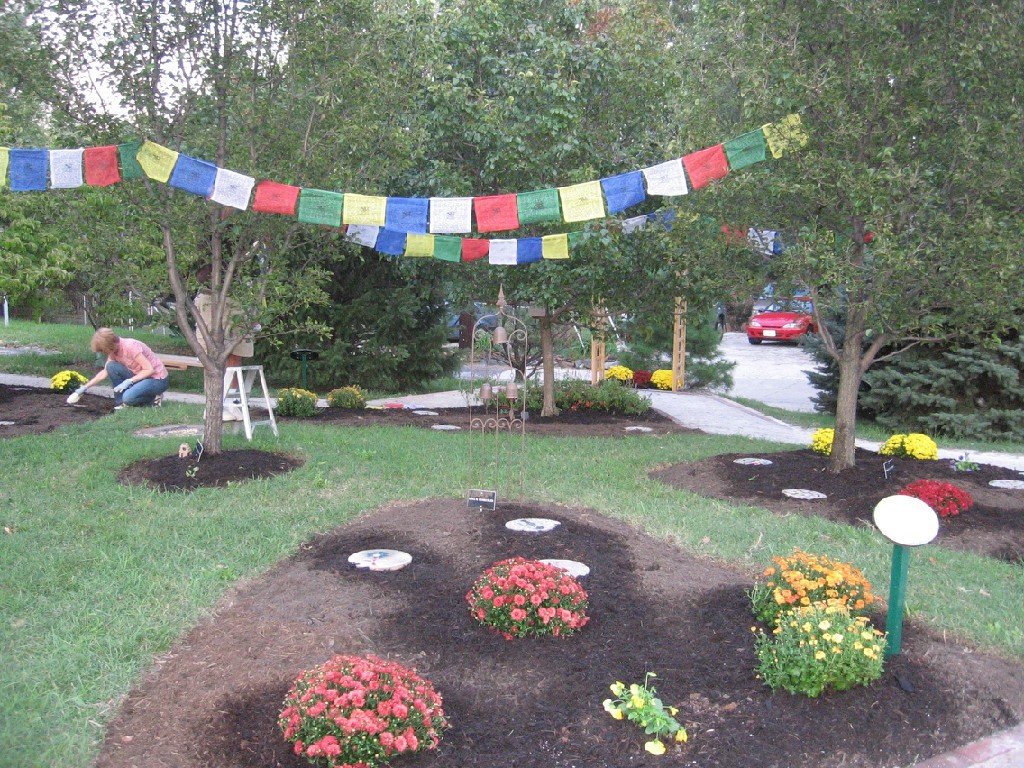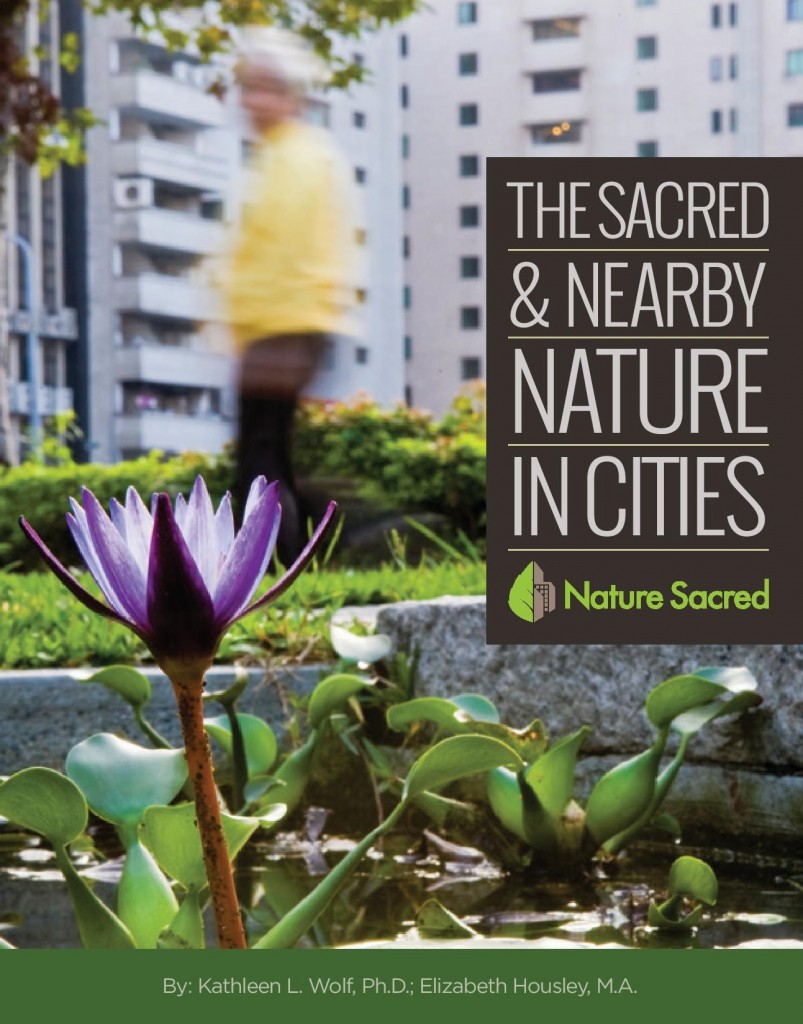We are bombarded with sensory input everyday, all the time. Car horn blasts, background cell-phone conversations, car exhaust, and digital screens wherever our eyes may wander. Constant stimulation is harmful to health. Urban residents need community spaces that serve as buffers from the sights and sounds of a city; elevating health and well-being for all.

Your surroundings, whether a small urban park or a few plants outside your window, aren’t just a backdrop for activities. The places and spaces we inhabit interact with the body and mind in complex (and sometimes imperceptible) ways. Noise pollution contributes to elevated blood pressure, poor sustained attention, memory and concentration problems, sleep disturbances, psychosocial stress-related symptoms, and emotional/motivational effects. Quiet spaces can alleviate these health effects and contribute to a better day. Did you know people respond to human-made and natural sounds differently? Even if the decibel level of natural sounds (such as wind through the trees, waterfalls and birdsong) in a space is high, people will likely rate that space as desirable.
Urban green spaces provide opportunities to enjoy natural scenery, relax, sit quietly, commune with others, meditate, pray, or self-reflect. We are less stressed, more focused, and generally happier when we spend time in the outdoors.
In the past few decades a surge of scientific research provides evidence connecting human health with the experience of nearby nature in cities. The experience of “being in nature”, personal and deeply felt, commonly evokes feelings of transformation and contemplation. Literature and traditions recount the importance of nature in personal realizations of inspiration, deeper connections, mindfulness, and extended social connections. This personal experience is historically described as “sacred”.

With recognition given to complexity and diversity of the human experience, the aspects of sacred experiences that can be measured scientifically include meditative states, focused breathing, shared meaning and ritual, and social engagement. These aspects are known to be major contributors to personal health. At a community health level, civic-centered green spaces also contribute to large-scale benefits including reduced health care costs, reduced noise pollution, social cohesion, engaged citizenship, clean air, and environmental stability.
As the human population becomes more urban and resource-stressed, “civic sacred” spaces in everyday life are increasingly necessary. Civic sacred spaces can offer temporary sanctuary, encourage reflection, provide solace, and engender peace and well being.

Here are a few examples from a recent Nature Sacred publication on the benefits of civic sacred spaces:
– Urban nature, when incorporated into community planning and building design, provides calming and inspiring environments and can encourage learning, inquisitiveness, and alertness.
– Contact with natural environments promotes psychological restoration, enhanced mood, improved attention, and reduced stress and anxiety.
– Allowing oneself to sit quietly, with few auditory or visual distractions, allows the brain to rest and use a different network of connections (a “default mode”) than it does when attention is focused on the outside world. Evidence suggests that brain systems activated during rest are important for active, internally focused psychosocial mental processing. In other words, rest improves the ability to recall personal memories, imagine the future, and feel social emotions with moral connotations.
– Benefits of meditation include lowered heart rate, lowered blood pressure improved metabolism, improved respiration, improved cognitive functions, longer attention spans, and improved perceptual ability, memory, intelligence and empathy. Researchers have not reached a consensus on mechanisms or causation but generally agree these benefits exist.
– In addition to physical environment benefits, resident participation in urban greening programs is associated with community empowerment and social cohesion.
